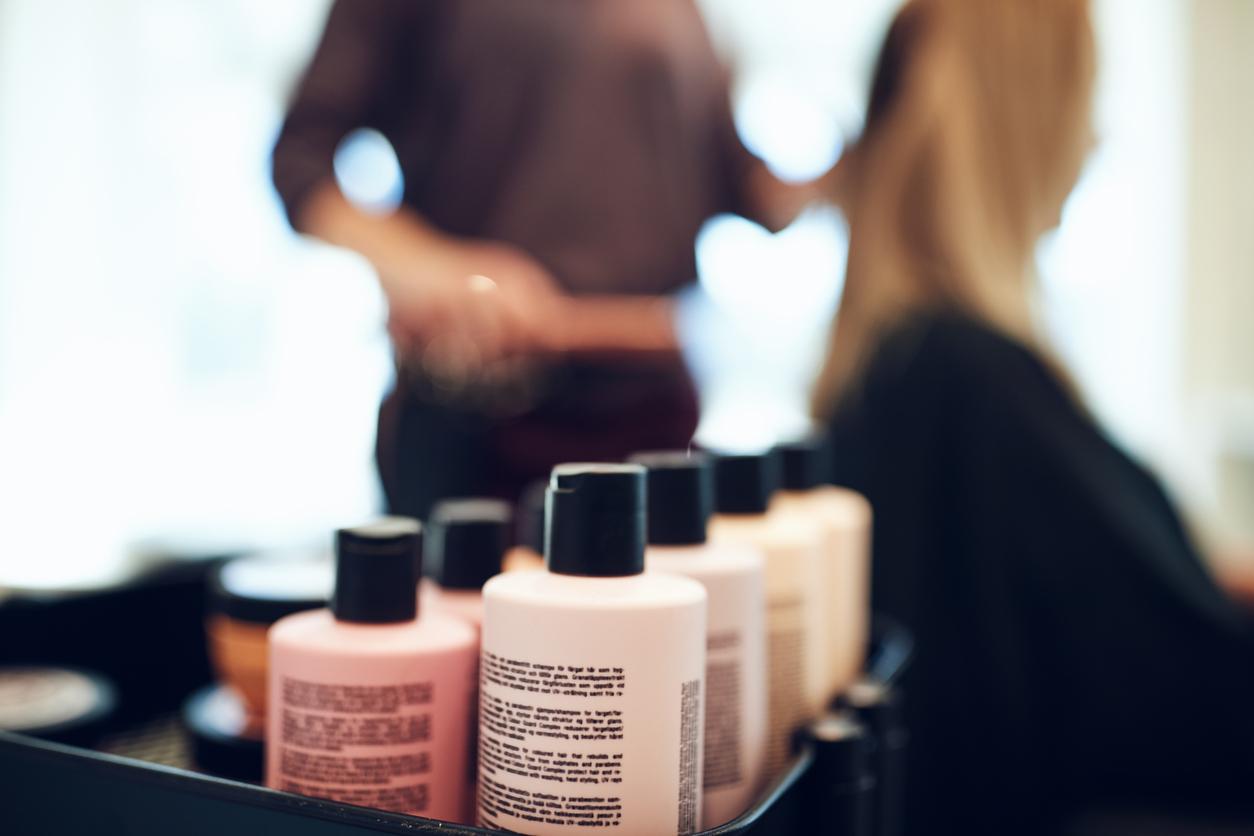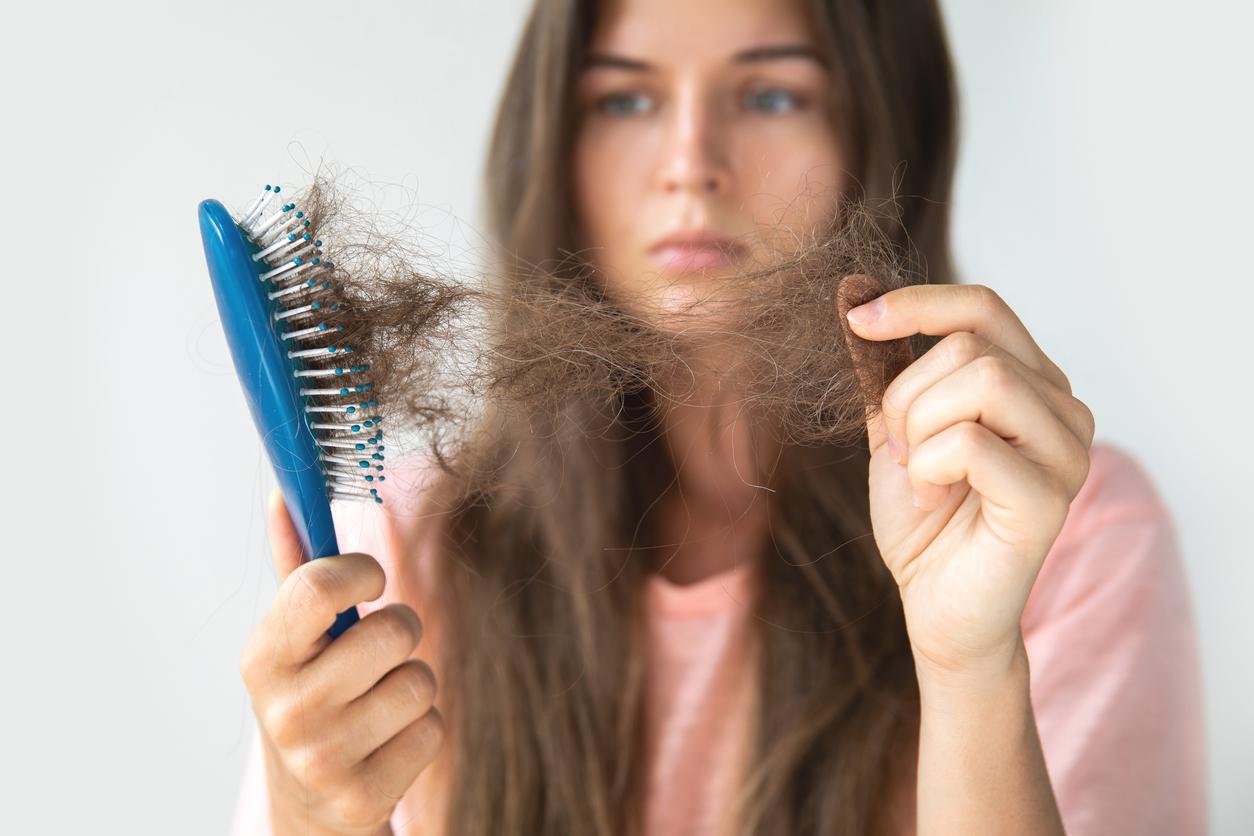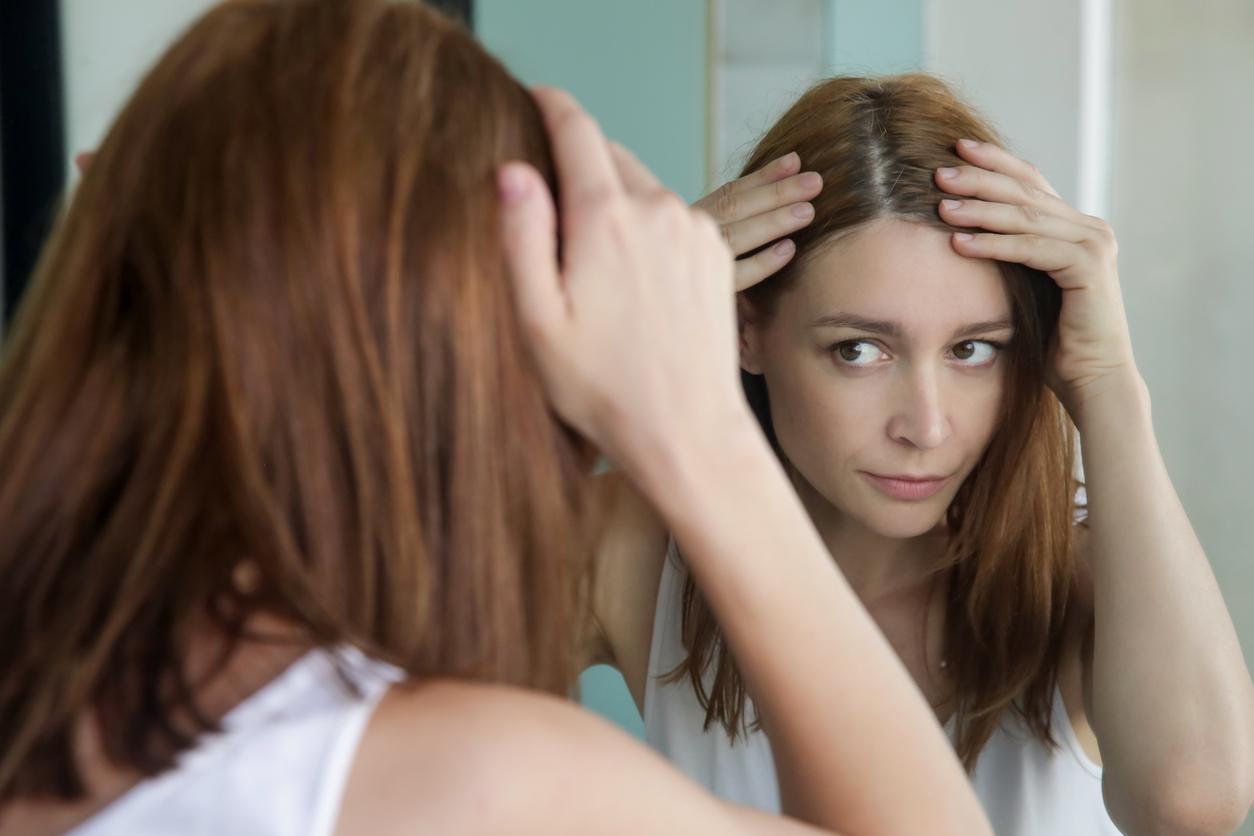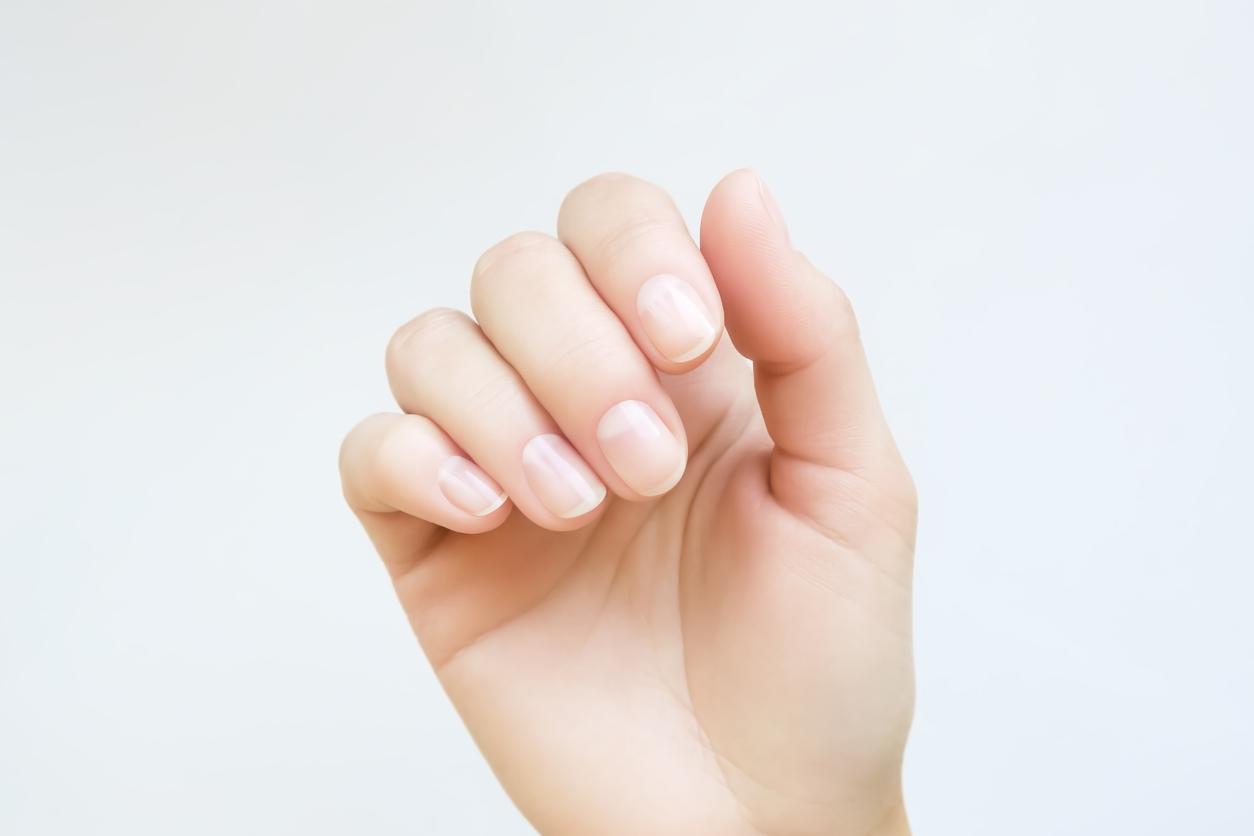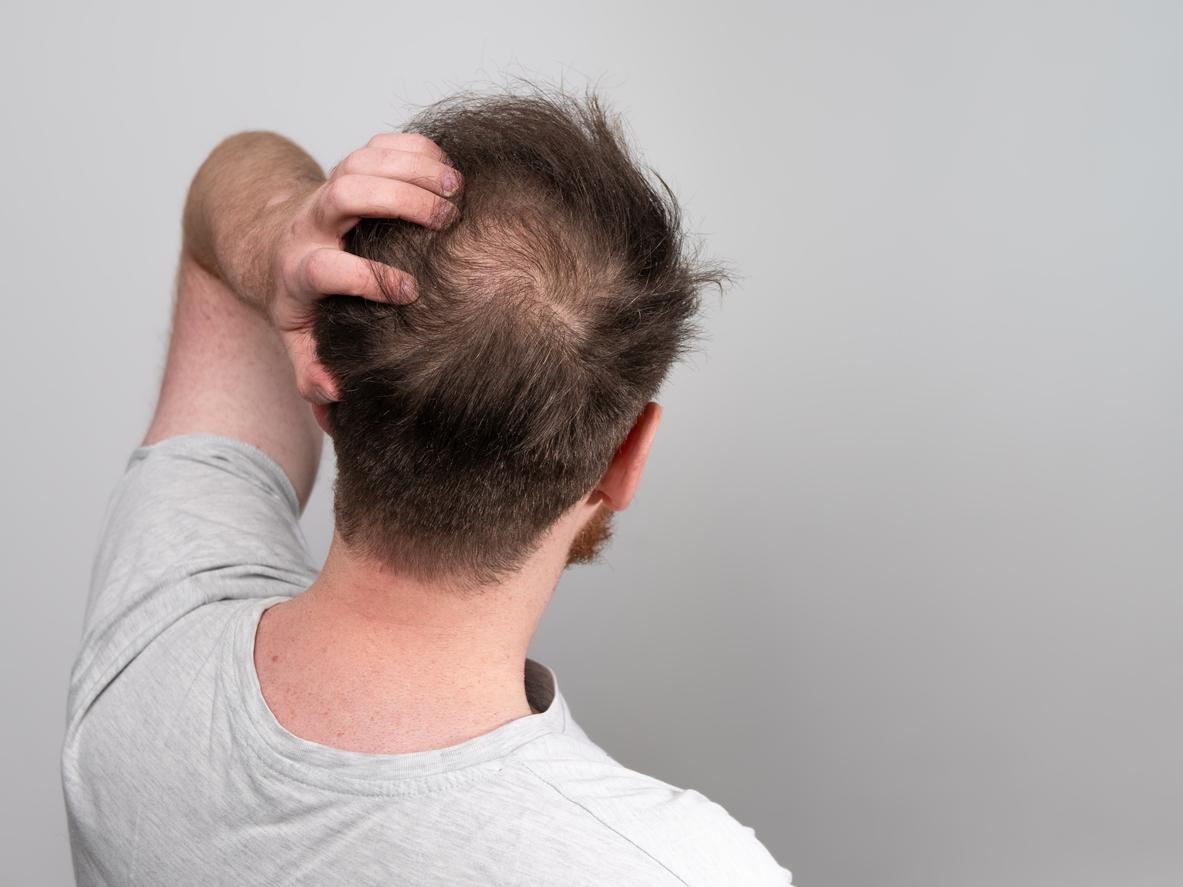A study reveals that our hair does not age the same way or show the same signs of aging at the same age depending on whether we are Asian, Black or Caucasian.
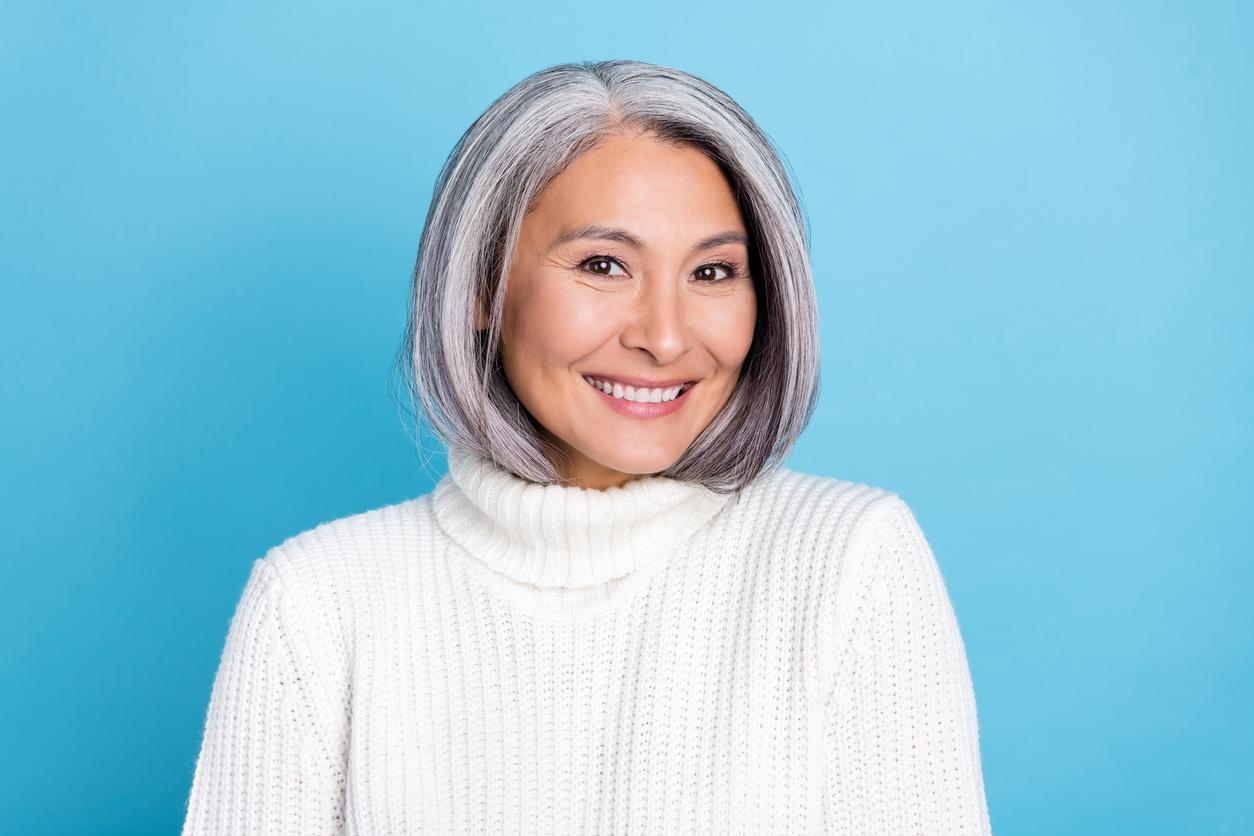
- We are not equal when it comes to hair aging.
- The chemical composition of hair is the same for everyone.
- But aging differs depending on the ethnicity you belong to.
Aging is an inevitable biological process, but not all people are equal when it comes to changes, especially hair changes. Some people will experience their first gray hair in their 20s, while others won’t have one for many years. Loss of volume as well as porous or thinning hair are also other signs of aging.
A study published in 2021 in the Journal of Clinical and Aesthetics Dermatology is the first to examine the role of ethnicity in hair aging. Researchers describe unique characteristics of hair aging, depending on whether a person is black, Asian or Caucasian.
An identical chemical composition
The study authors searched 69 publications to understand what is known about structural changes in hair over time, focusing on differences in hair aging across ethnic groups. Information on hair structure, aging characteristics and reactions to external damage was collected.
Similar to skin, hair aging is a combination of intrinsic aging, a natural physiological change that occurs over time, and extrinsic aging, linked to physical stress from daily care and environmental exposure.
“Despite a similar chemical composition, the structural properties of hair vary between different ethnicities, and, therefore, hair aging also differs. As the population ages and becomes more diverse, there is an increasing need to understand the process of aging of different hair types”, exposes Neelam Vashi, associate professor of dermatology at Boston University School of Medicine and director of the Boston University Cosmetic and Laser Center at Boston Medical Center.
Ethnic differences
Thus, the study demonstrates that the appearance of the first white hair differs depending on ethnic origin: on average 30 years for Caucasians and Asians, and 40 years for Africans. Caucasians and Asians typically have damage along the distal hair shaft, while Africans have damage closer to the roots. After menopause, women typically experience loss of anagen (active or growing) hair on the frontal scalp, a decrease in hair growth rate and diameter.
According to scientists, the role of hair in protection but also in harmonious appearance makes it important for people’s physical and mental health. Professor Vashi concluded: “A thorough understanding of the unique characteristics of hair aging in different races and ethnicities is essential for the appropriate management of adult patients.”







